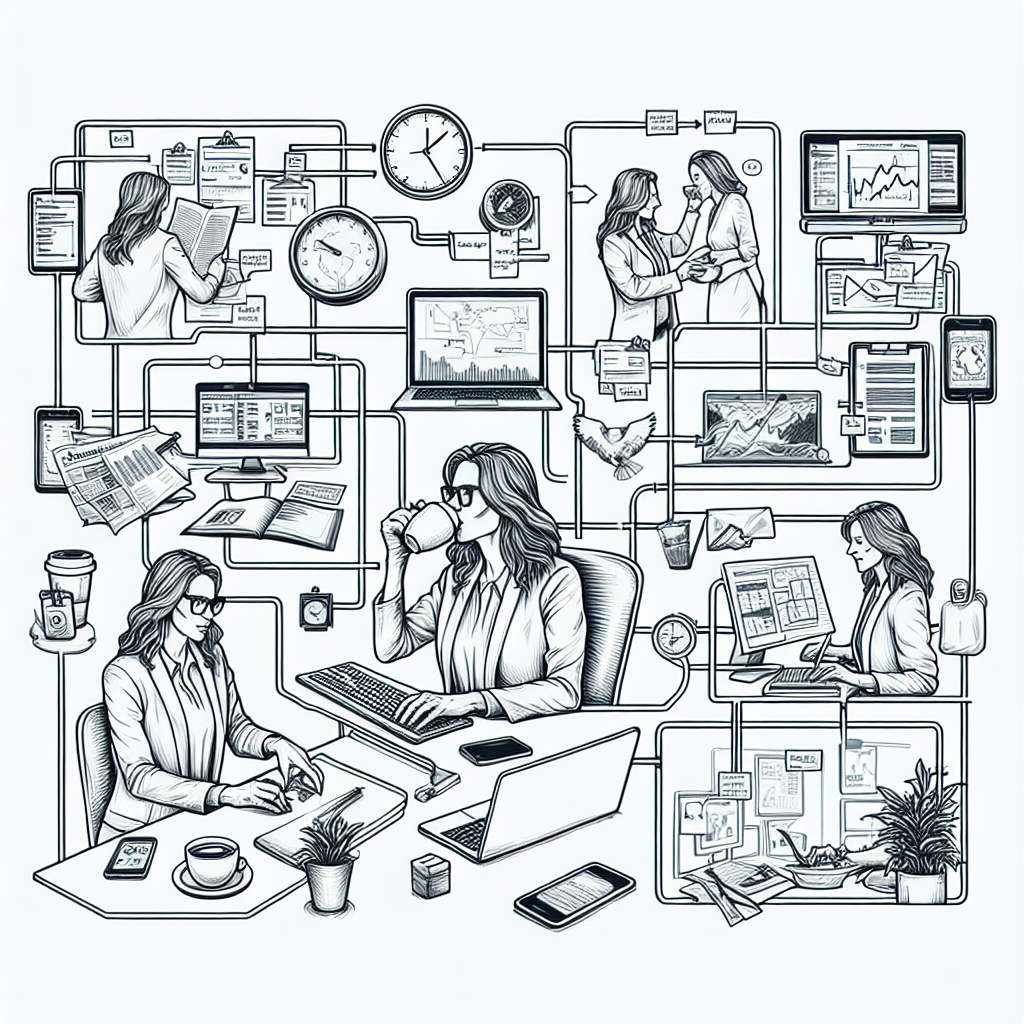The merits of having a solid routine are manifold. They provide structure, foster habits that lead to efficiency, and can significantly reduce stress. The predictability of a routine can offer a comforting contrast to the uncertainty that often characterizes the executive landscape.
At the heart of these routines is the concept of time management. Successful executives often start their day early, harnessing the tranquility of the morning hours to strategize and plan for the day ahead. They prioritize their tasks, concentrating on high-impact activities that align with their overarching goals.
This proactive approach allows these leaders to maintain control over their schedule, instead of being driven by external demands.
Beyond time management, many executives also incorporate wellness practices into their daily routine. Regular physical exercise, for instance, has been shown to boost cognitive function, improve mental health, and enhance overall job performance. Similarly, mindfulness practices such as meditation and deep-breathing exercises can reduce stress and increase focus.
Another critical aspect of an executive’s routine is continual learning.
In a rapidly evolving business environment, leaders must stay abreast of the latest industry trends, technological advancements, and management practices. This means carving out time each day for reading, research, and professional development. Such routines not only bolster their knowledge base but also stimulate innovative thinking and decision-making.
Networking and relationship-building also feature prominently in many successful executive routines. Whether it’s meeting a client for lunch, connecting with colleagues, or mentoring a junior employee, these interactions serve to strengthen professional relationships and foster collaboration. They also offer opportunities for gaining diverse perspectives, which can inform strategic decision-making.

However, an executive’s routine should not be all work and no play. The most successful leaders understand the importance of balance and incorporate leisure and relaxation into their routines. Whether it’s a quiet evening with a book, a weekend hike, or spending quality time with loved ones, such activities can rejuvenate the spirit and foster creativity.
In essence, a well-crafted routine can serve as a roadmap for executives, guiding them towards their goals with increased efficiency and reduced stress. However, it’s important to remember that the best routines are flexible. They adapt to changing circumstances and unique personal preferences.
Experimentation is key when establishing a routine. What works well for one leader might not work as well for another. Try different strategies, observe how they impact your productivity and well-being, and refine your routine accordingly. After all, the goal of any routine is to enhance your performance, not stifle your flexibility or creativity.
So whether you’re already in an executive position or aspire to be, consider how a well-structured routine might enhance your productivity and success. Harness the power of routine to navigate the complexities of executive leadership, and you’ll be well placed to lead with confidence and effectiveness. Remember, the key to a successful executive routine lies not in rigid adherence but in strategic, adaptable, and balanced application.